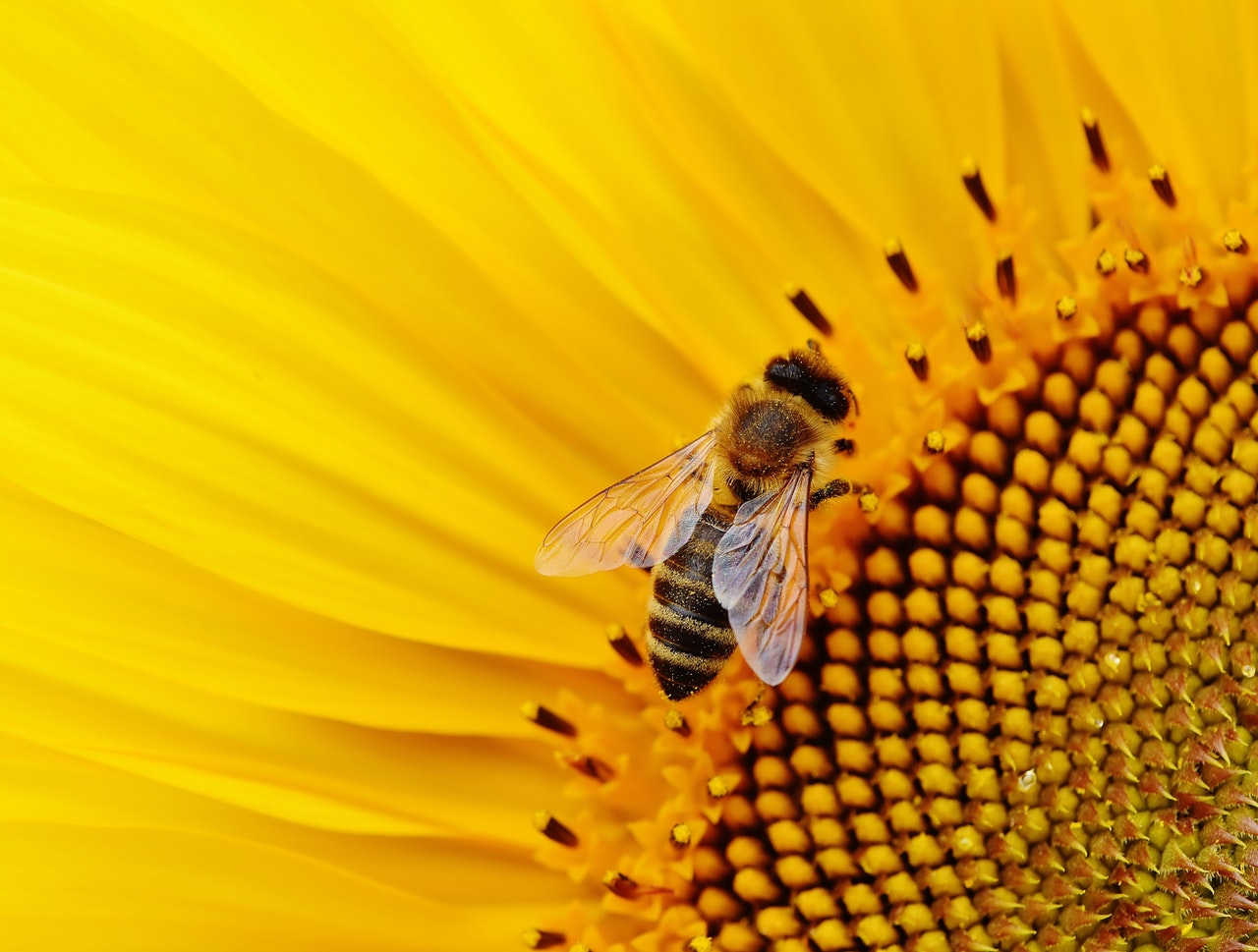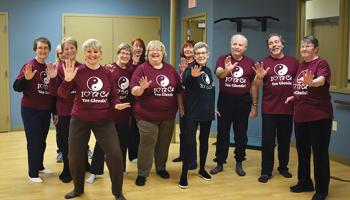
In recent years more people have become aware that honey bees are in big trouble. Honey bee colonies have been decreasing in what has been called “Colony Collapse Disorder.” It could be due to a combination of factors including diseases, nutrition, stress, pesticides, drought, habitat destruction, nutrition deficit, air pollution, global warming, and more. Many of these causes are connected. Helping native bees is essential to our continued survival, health, and well-being. These animals benefit us all because of the ecosystem services they provide to the environment and to our farms, forests, and gardens. According to the U.S. Department of Agriculture, they feed 80 percent of the crops that we eat including broccoli, apples, asparagus, blueberries, coffee and tons of others. With all the disheartening information about bees and their population decline, you may be asking yourself, “What can I do?”
Here are a few ways that you can help aid the bees and their survival.
- Plant a Bee Garden - One of the largest threats that bees face is lack of habitat. By planting a bee garden full of native flowers, you can create a habitat with plants that provide bees with the pollen and nectar they need. You don’t need a lot of space to grow bee-friendly plants. Gardens can be planted across yards, in window boxes, flower pots, and planters.
- Say NO to Pesticides and Herbicides - Pesticides and herbicides contain chemicals that are very harmful to bees and other valuable insects. Avoid chemical sprays on your plants and yard. Do some research and try some natural, bee-friendly alternatives. Even an herbicide or pesticide that is labeled “organic” could still be dangerous.
- Let the Grass Grow - When you mow, cutting less often and less closely will help give bees and other pollinators a place to feed and shelter among the grass. You can also let your garden get a little messier by letting weeds grow. This also provides essential shelter for the bees.
- Provide an Oasis - Bees work up quite a thirst foraging and collecting nectar. Fill a shallow bird bath or bowl with clean water, and arrange pebbles and stones inside so that they break the water’s surface. Bees will land on the stones and pebbles to take a long, refreshing drink.
- Support Local Beekeepers - Local beekeepers work hard tending to their bees and the local community. The easiest way to show your thankfulness is to buy locally-made honey and beeswax products. Many beekeepers use products from their hives to create soaps, lotions, and beeswax candles. Plus, local honey is not only delicious; it is made from local plants and may help with seasonal allergies.
No matter what steps we take, big or small, we can all work together for the common good to help SAVE THE BEES.




